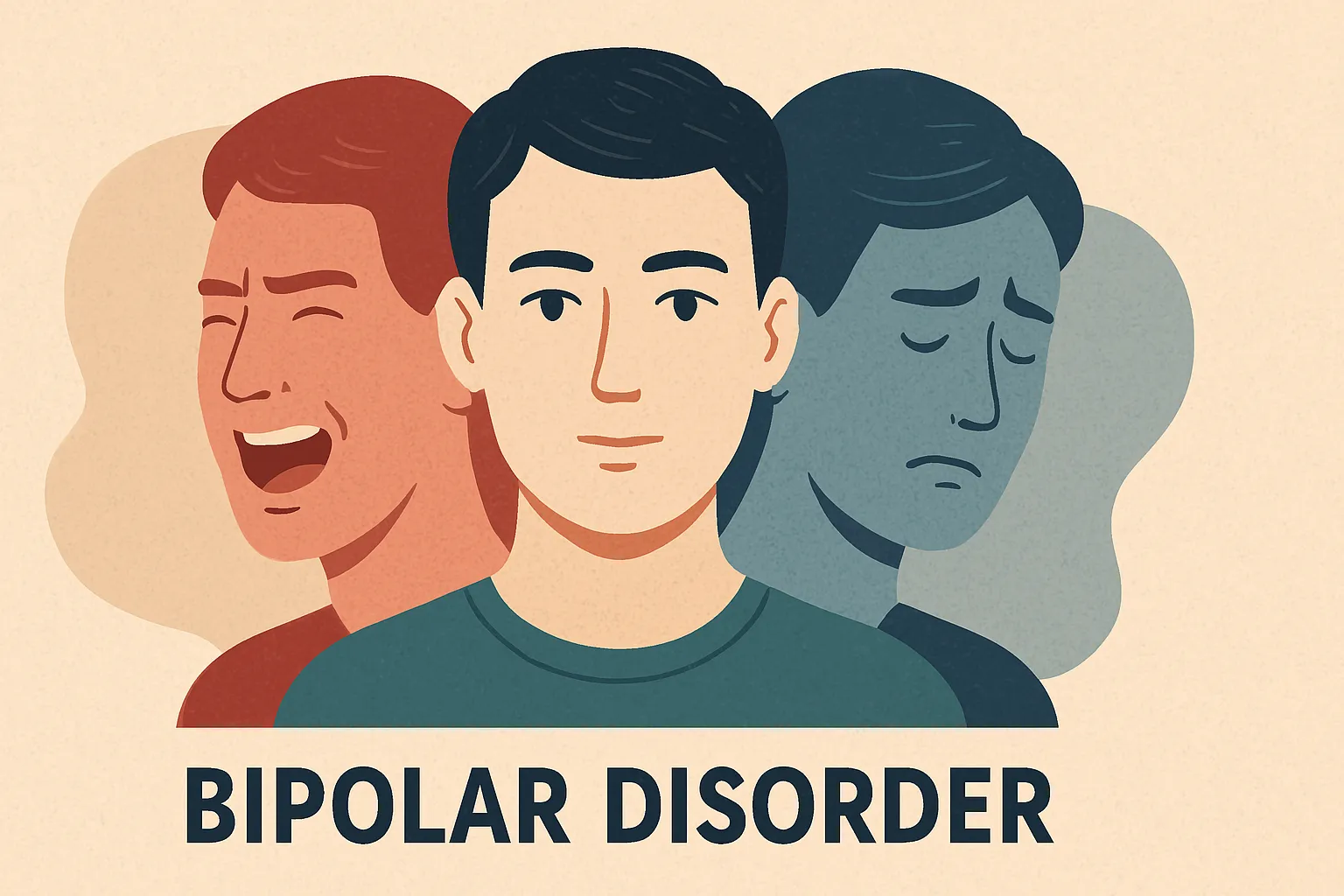UPSC
The Hindu Briefs
Understanding Bipolar Disorder: Key Insights for Awareness
Last Updated
30th March, 2025
Date Published
30th March, 2025
Share This Post With Someone

Context:
Published on March 30, 2025, in The Hindu, this article by Alok Kulkarni, a senior interventional neuropsychiatrist, explores the complexities of bipolar disorder, its prevalence in India, and the importance of early diagnosis for effective management. It aligns with World Bipolar Day, emphasizing the need for awareness and timely intervention.
Key Information in Points:
- National Mental Health Survey in India: The ongoing second phase of India’s National Mental Health Survey highlights mood disorders as a significant health concern, with the first phase identifying their prevalence.
- World Bipolar Day: Observed globally on March 30 to raise awareness about bipolar disorder, a mood disorder characterized by extreme mood, energy, and activity shifts.
- Mood Disorders Defined: These are psychiatric conditions involving pathological changes in mood, energy, and activity levels, with major depressive disorder and bipolar disorder being the most common.
- Delayed Diagnosis: Poor awareness and stigma often delay bipolar disorder diagnosis, though proper treatment enables individuals to lead fulfilling lives.
- Examples of Resilience: Many individuals overcome bipolar disorder challenges to live productively, showcasing the potential for recovery with support.
- Author’s Expertise: Alok Kulkarni, from the Manas Institute of Mental Health and Neurosciences in Hubli, Karnataka, provides professional insights into the disorder.
- Major Depressive Disorder: One pole of bipolar disorder, marked by persistent low mood and impaired functioning.
- Mania Explained: The defining other pole, characterized by elevated or irritable mood, high energy, inflated self-esteem, reduced sleep need, rapid speech, racing thoughts, distractibility, increased goal-directed activity, and reckless behaviors like excessive spending or sexual indiscretions.
- Normal vs. Pathological Mood: Normal mood fluctuations are short-lived and situational, while mood disorders involve prolonged, disruptive changes affecting social and occupational life.
- Complex Origins: Bipolar disorder arises from a mix of genetic and environmental factors, with clinical onset typically between ages 15 and 30, though its roots trace back to early life.
- Genetic Influence: 60-85% of bipolar disorder cases are linked to genetic factors, making it highly heritable.
- Environmental Triggers: Early childhood experiences, stressors, and life events interact with genetic vulnerabilities to precipitate the disorder.
- Clinical Evaluation: Clinicians assess developmental history and environmental factors to understand mood disorder triggers and sustainment.
- Early Intervention: Early diagnosis and treatment can mitigate the disorder’s impact, enhancing life quality.
Key Terms:
- Mood Disorders: Psychiatric conditions with abnormal mood, energy, and activity shifts.
- Bipolar Disorder: A disorder featuring alternating depression and mania phases.
- Major Depressive Disorder: Persistent low mood impairing daily functioning.
- Mania: A state of heightened mood, energy, and reckless behavior.
- Heritability: The proportion of a trait attributable to genetic factors.
- Environmental Triggers: External factors influencing disorder onset.
- Early Diagnosis: Identifying a condition early to improve outcomes.
Link To The Original Article – https://www.thehindu.com/sci-tech/health/bipolar-day-disorder-is-complex-but-early-diagnosis-can-lead-to-fulfilling-lives/article69389736.ece